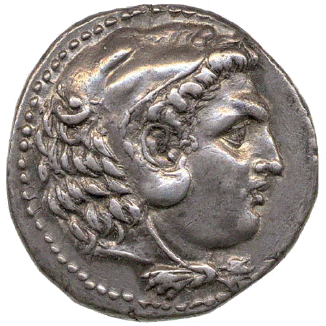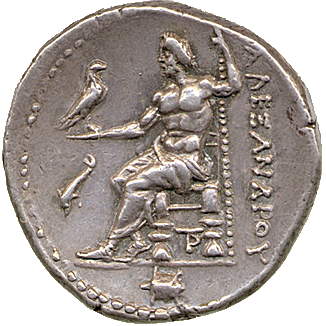Coins as an Historical Source
In the field of Classical Studies, in particular, where the quantity of sources is very restricted, coins constitute a major body of historical, economic and artistic material and evidence. The surviving coins by far outnumber other groups of sources such as ceramics and inscriptions, and contrary to most other classical remains they automatically mirror the public sphere, as by definition their value and acceptance must be guaranteed by the state. So coins - both in themselves and in the context of hoards - are not only sources for economic history or just a medium for art work, but they can also give extensive information about - official - religion and cult, political thought, ideology and autonomous artistic features such as portraiture as well as monetary policy. Nevertheless the numismatic material is still far from being incorporated or understood, and is not well exploited in Classical Studies overall. In Greek numismatics, with its countless coin striking authorities - the poleis, tribes and dynasts - the material is still undergoing the process of collecting and classification. In many cases, the very existence of a polis is only known from its coins.
With some 200,000 numismatic objects, the Fitzwilliam Museum's collection is one of international importance, and the Museum is one of the three main centres for numismatic study in the United Kingdom.
The example of a tetradrachm of Alexander the Great of Macedonia gives an idea of the multiplicity of influences, approaches to and information gained from classical coins:
 |
 |
||
| Macedon Empire, Alexander III the Great (336-23 BC), tetradrachm after c. 330 BC, mint Aegina (?) © Fitzwilliam Museum |
|||
Coins influencing the fabric and design of the tetradrachm of Alexander
Coinages influenced by the tetradrachm of Alexander
Hosted by the Department of Coins and Medals, © Fitzwilliam Museum.